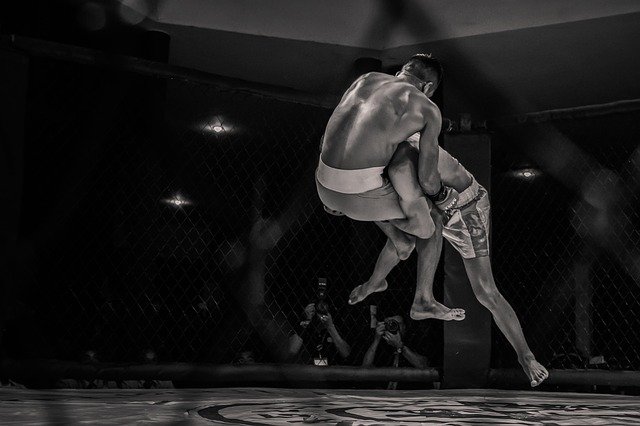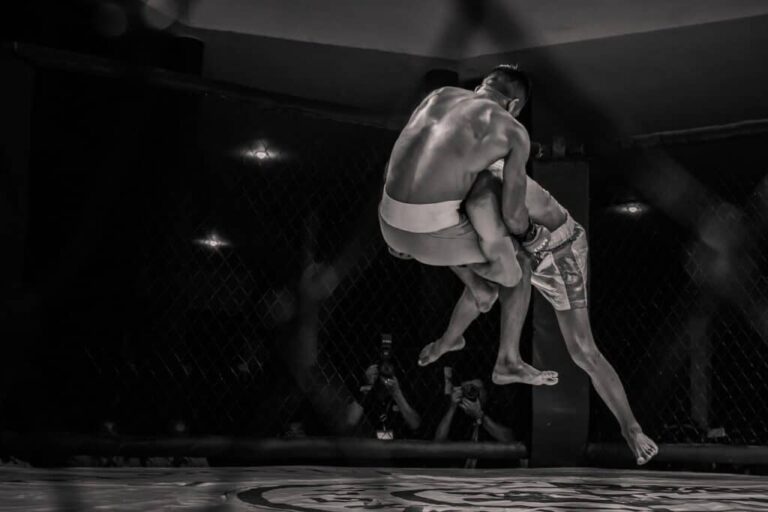Atemi-waza | Are There Strikes ( Punches and Kicks) In Judo?

There are strikes in judo ( also known as Atemi-waza ), but only in kata teachings, and they are not allowed in high school matches, Olympic competitions, or randori. Since Judo is a grappling sport, most movements are performed within close range. Judo emphasizes throws and submissions, rather than striking.
Read on to learn why strikes are prohibited in judo, why this rule extends to high school and Olympic competitions, what moves are still permitted, and why judo is ideal for self-defense training.
Why Aren’t There Strikes in Judo?
Historically, many of the techniques in judo were derived from arts intended to injure or destroy enemies in combat. Mostly judo was adapted from Japanese Jujutsu.
There are no longer strikes in judo because the training methods have changed to allow for healthy exercise by judo students. The newer techniques focus on strength and strategy instead of harmful tactics that could injure the opponent.
Some current guidelines include the following:
- Judo does not involve any striking, punching, or kicking strategy.
- Applying pressure to the joints to throw an opponent is not allowed.
- Judo does not need any tools or weapons.
Generally, judo is performed by two persons who aim to subdue one another by using strength, control, and action.
Atemi-waza In Judo Kata
When Judo started Jigaro Kano adopted Atemi-waza techniques ( strikes ) into judo. However, outside of Kata, Atemi-waza is no longer a major practice in most judo academies and is not allowed in competition.
Kata retains striking methods such as kicking and throwing, as well as knife and blade techniques. This form of teaching is customarily reserved for higher-ranking professionals. Still, it is prohibited in contests and randori for safety purposes.
The Lost Strikes Of Judo
The lost strikes of judo include both art strikes using hands and elbows ( Ude-Ate-Waza ) and Leg strikes ( Ashi-Ate-Waza ) aka kicks.
Lost Ude-Ate-Waza Strikes Of Judo
- Empi-uchi: Elbow blow
- Kami-ate: Upward blow
- Kirioroshi: Downward knife hand blow
- Naname-ate: Front crossing blow
- Naname-uchi: Slanting knife-hand blow
- Ryogan-tsuki: throat strike – Strike both eyes with fingertips
- Shimo-tsuki: Downward blow
- Tsukiage: Uppercut
- Tsukidashi: Stomach punch with fingertips
- Tsukkake: Straight punch
- Uchioroshi: Downward strike
- Ushiro-ate: Rear elbow strike
- Ushiro-sumi-tsuki: Rear corner blow
- Ushiro-tsuki: Rear blow
- Ushiro-uchi: Rear blow
- Yoko-ate: Side blow
- Yoko-uchi: Side blow
Lost Ashi-Ate-Waza Strikes Of Judo
- Mae-ate: Front knee
- Mae-jury: Front kick
- Naname-jury: Roundhouse kick
- Taka-jury: High Front kick
- Ushiro-jury: Backward kick
- Yoko-jury: Side kick
Olympic Competition Rules Prohibit Judo Strikes
Judo striking is prohibited in Olympic sport and will result in one of two penalties:
- Hansoku-make. That is a severe infraction. It requires that the offending judoka be immediately disqualified.
- Shido. This is a minor infraction. The first three shidos are cautionary statements. If a player earns a fourth shido during a contest, this ends the match.





